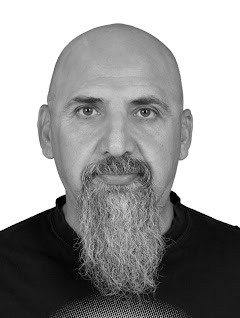Beat
I usually cover wars, unrest, protests and humanitarian stories.
One Shot

“This was a very difficult picture to take, there was a lot going on around me; bullets raining everywhere. I kept coming and going until I managed to capture the moment from the right angle and the right amount of light.”
Profile
I was 10 when my father bought me a toy camera when he returned from Mecca after performing the haj. The size of my finger, the camera had a film you could flip over to see pictures of Mecca and the pilgrims. I was fascinated by it, it’s still stuck in my head. Since then, I asked him to bring me a new one every time he travels.
I was around 27 when I started taking pictures as a hobby. While wandering the streets of the Muslim holy city of Najaf, I photographed the Shi’ite pilgrims who came to visit the shrine of Imam Hussein.
I love picturing different faces and nature, and taught myself by trial and error using old film cameras, making mistakes and taking notes until I learned.
My first assignment was covering the U.S. invasion of Iraq in 2004 and the civil war that followed. During the invasion, there was a great demand for people to work in the media and I always wanted to be a war photographer. I learned to be patient and to acquire knowledge from other people’s work.
Tales of war and humanity, and refugees interest me the most.
A picture is worth more than a thousand words. It captures the moment in a way that words cannot, especially if it is an emotional picture, be it a happy or sad moment. I like how photography reflects feelings.
I would advise a photojournalist starting now to always be humble and have a good network.
Behind the Scenes

